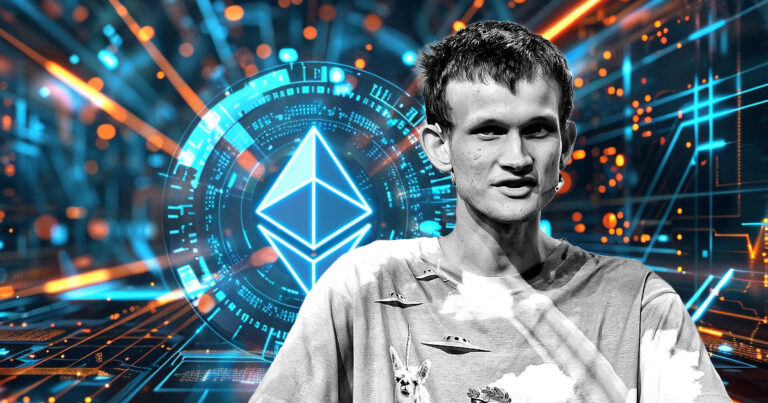Ethereum co-founder Vitalik Buterin has outlined his vision for the next phase of network evolution, known as the “surge.”
In an October 17th blog post, Buterin shared key goals for this phase, which aims to achieve over 100,000 transactions per second (TPS) across Ethereum’s mainnet and Layer 2 solutions.
He also emphasized the importance of improving interoperability between layer 2 networks while maintaining the decentralization and robustness of blockchain mainnets.
Rollup-centered roadmap
Buterin pointed out that Ethereum’s current scaling roadmap emphasizes a rollup-centric approach, with L1 serving as the secure decentralized foundation and L2 handling scaling of the network.
However, this strategy has its own obstacles. Buterin emphasized the need to carefully navigate these challenges to ensure Ethereum maintains its core strengths in decentralization and security.
He also acknowledged that users often face difficulties navigating the L2 ecosystem. To address this, Buterin emphasized that network users need to “feel like one ecosystem, not 34 different blockchains.”
Buterin said:
“If we are serious about the idea of L2 being part of Ethereum, we need to make the L2 ecosystem feel like we are using an integrated Ethereum ecosystem.”
To achieve this, Buterin pointed to areas where innovation is needed, including sampling data availability, better data compression, making L2 networks trustless, and enhancing the user experience between blockchains.
Ethereum scaling
Buterin also emphasized the need to expand Ethereum’s base chain to accommodate growing demand. He warned that even if L2 effectively scales, Ethereum L1 transaction processing could pose a risk to the network if it remains limited.
He said increasing Ethereum’s gas limit would be the “easiest way” to expand the network. However, this could lead to centralization risks, which could impact the blockchain’s “reliability as a robust base layer.”
Buterin noted that alternative approaches include making certain functions and computation cheaper while maintaining decentralization and its security properties. He noted that this could be achieved through new bytecode formats such as EOF, multidimensional gas pricing, and gas cost reductions for certain opcodes.
He added:
“The third strategy is the native rollup (or “enshrined rollup”). Essentially, you create many copies of EVM that run in parallel, creating a model comparable to what rollups can provide, but more natively integrated into the protocol. ”
However, Buterin cautioned against raising the gas limit too much, as it could negatively impact L1 decentralization without meaningfully improving overall scalability.
He said:
“Increasing the gas limit by a factor of 10 will severely damage the decentralization of Ethereum L1 and avoid creating a situation where 99% of the activity is not happening on L2, but just reaching the world. (which it should be), 90% of the activity is on L2, so the result is otherwise pretty much the same, except much of what makes Ethereum L1 special is irreversibly lost. I can see it.”
mentioned in this article
Source link


